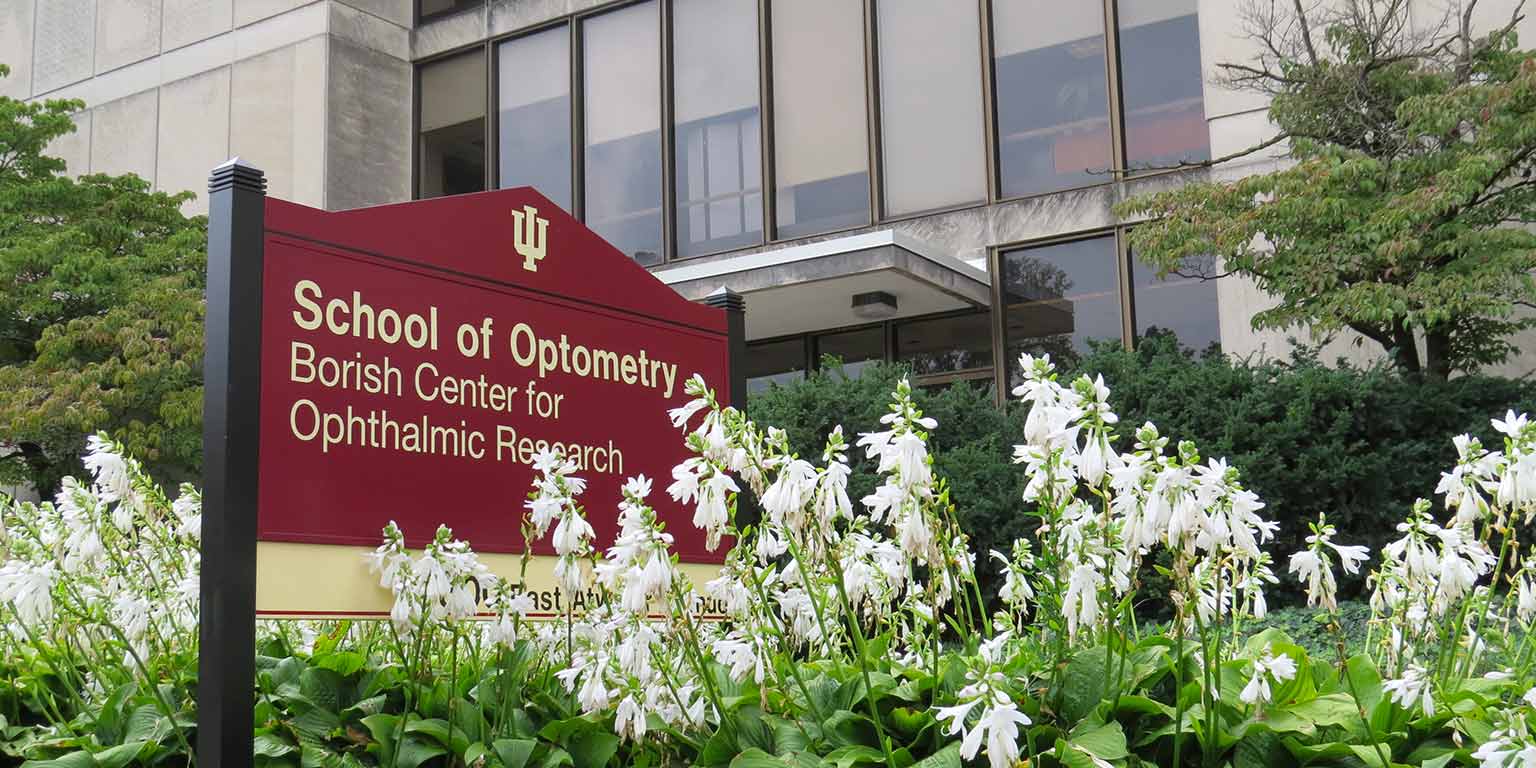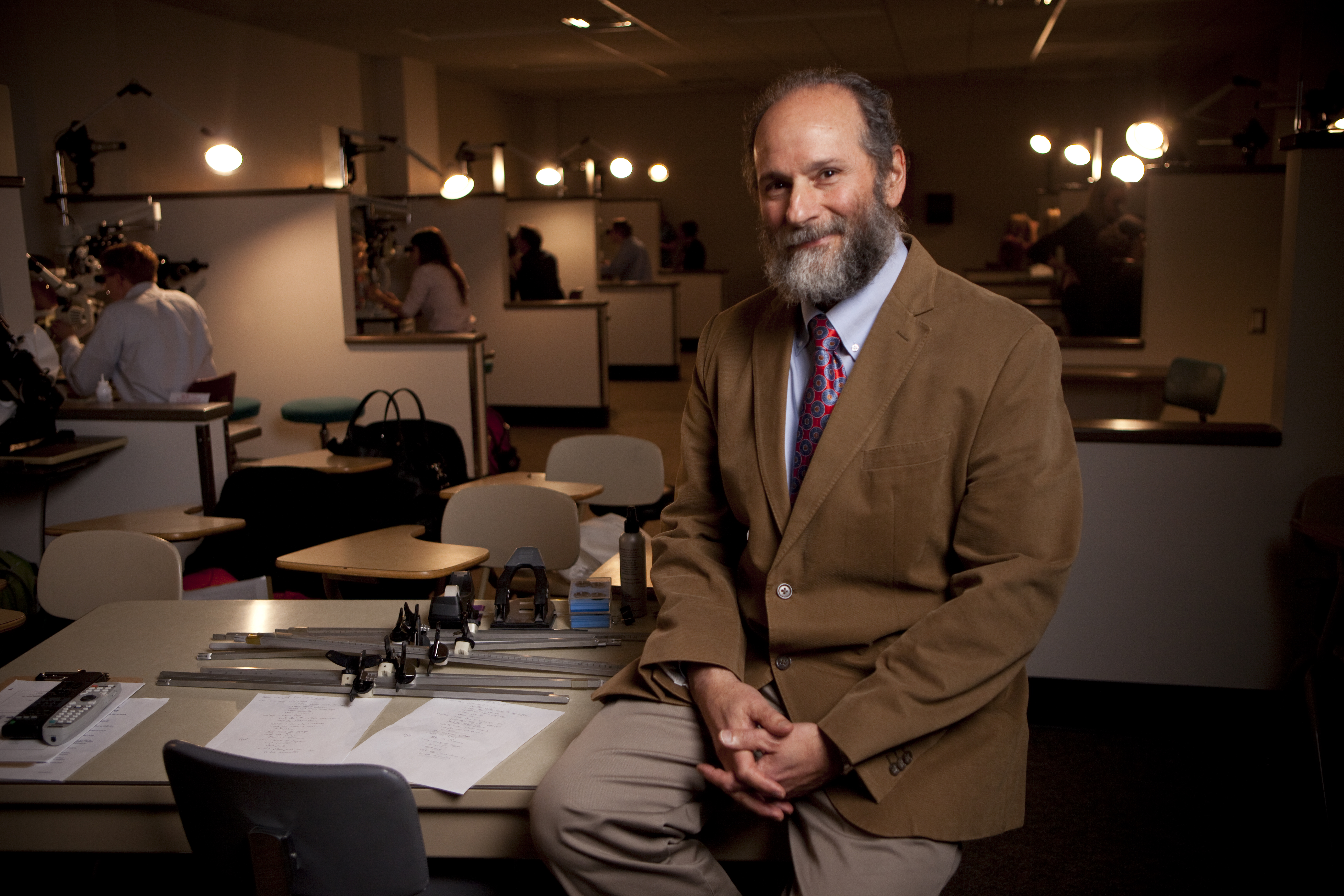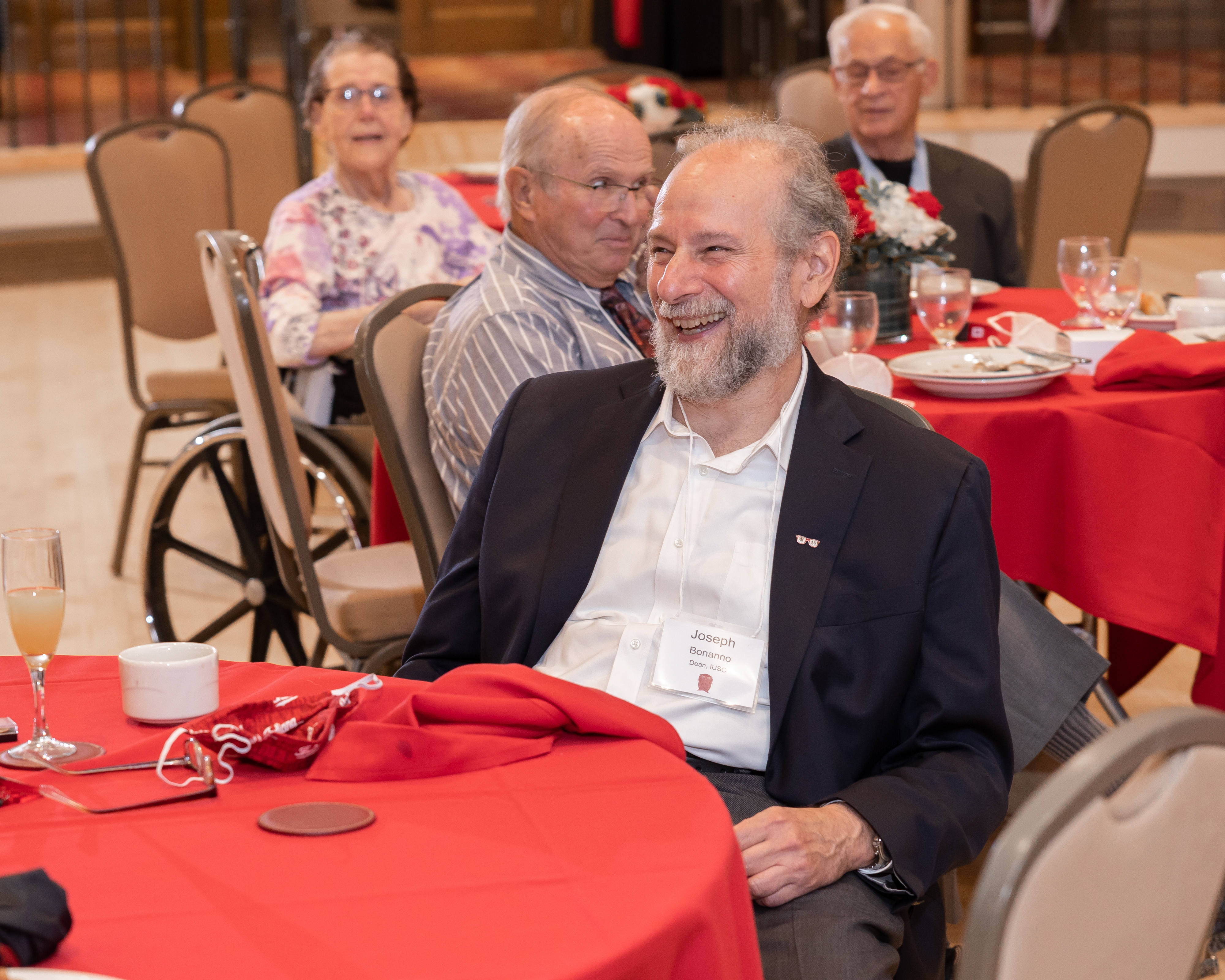During his tenure, he has overseen the growth and development the school's curriculum, optometric practice, and vision research while strengthening its commitment to serving the surrounding community. In addition, he presided over a four-year renovation of the school’s main building with major upgrades to the didactic labs, clinical training labs, classroom spaces, and research labs.
"Thanks to Joe for his visionary leadership of the school," said Provost and Executive Vice President Rahul Shrivastav. "The fact that more than 80 percent of all practicing optometrists in Indiana were trained at the IU School of Optometry says it all. I am pleased he’ll remain on our faculty, and always appreciate his effective, collaborative work to enhance the school’s reputation."
A national leader
Shrivastav said Bonanno’s guidance has positioned the school well for the next dean, who will inherit a fiscally sound school with a strong faculty and the most advanced clinical scope of any optometry school in the country. A search for the school's new leader will be launched in the near future.
While IU School of Optometry is the smallest on the Bloomington campus, it has the highest ratio of extramural research dollars to tenure-track faculty. It is also a national leader in ophthalmic research and is tied for second in total research dollars among peer institutions. The school now offers several DEI scholarships. Through targeted, intentional recruiting over the past two years, the School of Optometry has seen a sharp increase in interest from underrepresented minority students, with the number of underrepresented minority students doubling to represent 11.4% of the incoming class.
Applicants to the school’s Optometric Doctor professional degree program rose from 434 in 2018 to 606 in 2022 (84 were admitted to the program this fall). Bonanno attributes the bump to the IUSO Student Administration’s use of Salesforce to track and communicate with interested prospective students, from high school students to undergraduate and graduate students.
It was Joe Bonanno’s practical nature that led him to pursue a career in optometry.
Following completion of a master’s degree in molecular biology at the University of California Berkeley in 1977, Bonanno opted for what he envisioned as a more solid career path. “My brother had a good friend who had completed optometry school and was very excited about it—he said it was a great profession,” Bonanno said. “Luckily, there was a great optometry school right there on the Berkeley campus.”
When Bonanno joined the IU faculty in August 1998 as professor of optometry, the IU Bloomington campus landscape reminded him of Berkeley (the humidity—not so much). “Coming from California, at first I was a little concerned I wouldn’t be able to attract post-docs for research—however I found that Bloomington was very attractive to these individuals from both a professional and livability perspective.”
A visionary approach
One of his major projects, and what he still reflects on as his most important accomplishment as an IU faculty member, was a curriculum review for the school in the early 2000s. The review resulted in a more streamlined, more easily navigable curriculum for students. Moving clinical training into the first semester-first year and linking clinical and basic science topics during the first two years was a significant new approach.
IU was one of the first optometry schools to use externships in the 1970s. As a result, the school has a long and robust set of fourth-year rotation opportunities. Optometry externs are in great demand, which explains the long waiting list of extern sites that want to join the program.
Like good leaders everywhere, Bonanno credits much of the school’s success to others. Most notably two important early appointments facilitated a smooth and productive tenure: Neil A. Pence, associate dean for clinical and patient care services, and Cliff Brooks (now a professor emeritus), executive associate dean for academic affairs and student administration. “Both were instrumental in transforming their respective areas,” he said.
During his sabbatical, Bonanno will work to renew his National Eye Institute research grant. He plans to also consult on a grant proposal UCLA is putting forward on Congenital Hereditary Endothelial Dystrophy, a rare condition resulting in a cloudy cornea that can be present from birth.
Bonanno is a Fellow of the American Academy of Optometry, a member of the Association for Research in Vision and Ophthalmology, and a member of the American Physiological Society.





